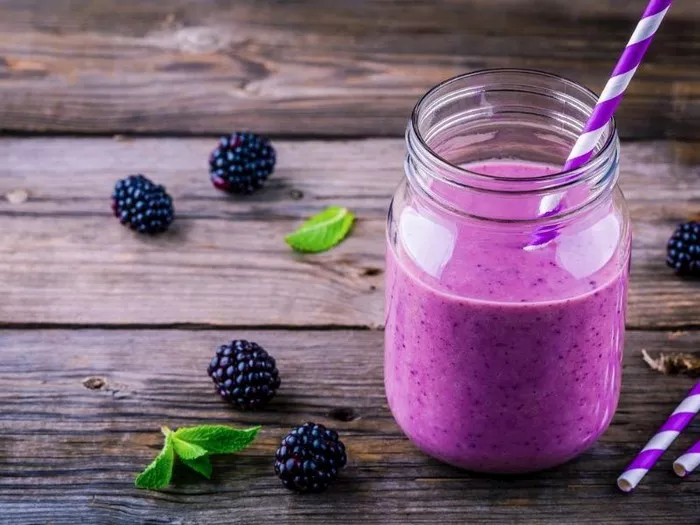In the vast array of desserts and sweet treats from around the world, one delightful and timeless classic stands out: egg pudding. This simple yet flavorful dish has been enjoyed for centuries, and its popularity continues to grow. Whether you’re a seasoned baker or a novice in the kitchen, egg pudding offers a satisfying and comforting experience. This article will delve into the history, preparation, types, and cultural significance of egg pudding, ensuring you have a comprehensive understanding of this beloved dessert.
The History of Egg Pudding
The origins of egg pudding are deeply rooted in various culinary traditions across the globe. While the exact birthplace of this dish may be difficult to pinpoint, it’s clear that egg puddings have been around for a long time. Early forms of egg pudding were likely simple mixtures of eggs, milk, and sugar, baked or steamed to create a creamy, custard-like texture.
In Britain, egg pudding has a rich history, dating back to medieval times. During this period, eggs were a valuable commodity and were often used in puddings and pies as a way to add richness and flavor. These early puddings were often baked in cloth or pastry cases and could include various other ingredients, such as breadcrumbs, dried fruit, or spices.
As time progressed, the recipe for egg pudding evolved, incorporating new ingredients and cooking methods. By the Victorian era, egg pudding had become a staple in many households, often served as a dessert or a special treat. The Industrial Revolution brought about new kitchen technologies, such as ovens and steamers, which made it easier to prepare and cook egg puddings on a larger scale.
Today, egg pudding is enjoyed in many different forms and variations, reflecting the diverse culinary traditions of countries around the world. From the creamy, smooth textures of British steamed puddings to the rich, caramelized toppings of Malaysian seri muka, egg pudding has become a truly global delight.
Making Egg Pudding: Ingredients and Techniques
The basic ingredients for egg pudding are simple and straightforward: eggs, milk, sugar, and sometimes a few additional ingredients for flavor and texture. However, the preparation and cooking techniques can vary greatly, depending on the specific recipe and regional traditions.
Ingredients:
- Eggs: The cornerstone of egg pudding, providing structure, richness, and flavor.
- Milk: Used to create a creamy, custard-like texture. Whole milk is often preferred for its rich taste, but you can also use skim milk or a dairy alternative.
- Sugar: Adds sweetness and helps with caramelization during baking or steaming.
- Vanilla extract or other flavorings: Enhance the taste of the pudding with a hint of vanilla, cinnamon, or nutmeg.
- Flour or cornstarch: Used as a thickener to help the pudding set properly.
Techniques
There are two main methods for cooking egg pudding: baking and steaming. Each method has its own unique benefits and results in a slightly different texture and flavor.
Baking
Preheat the oven: Preheat your oven to a moderate temperature, usually around 350°F (175°C).
Prepare the pudding mixture: In a mixing bowl, whisk together the eggs, milk, sugar, and any additional flavorings. If using flour or cornstarch as a thickener, mix it in gradually to avoid lumps.
Pour into a baking dish: Pour the mixture into a greased baking dish, such as a loaf pan or a pudding basin.
Bake: Place the baking dish in the preheated oven and bake for about 45-60 minutes, or until the pudding is set and a knife inserted into the center comes out clean.
Cool: Allow the pudding to cool slightly before serving. It can be served warm or at room temperature.
Steaming
Prepare the pudding mixture: Follow the same steps as for baking, mixing together the eggs, milk, sugar, and flavorings.
Pour into a steamer basket: Pour the mixture into a heatproof pudding basin or a steamer basket lined with parchment paper. Cover the basin with a lid or aluminum foil to prevent steam from getting in.
Set up the steamer: Fill a large pot with water and bring it to a boil. Place the steamer basket in the pot and cover with a lid.
Steam: Steam the pudding for about 1-1.5 hours, or until it is set and cooked through. Check the water level occasionally to ensure it doesn’t dry out.
Cool: Remove the pudding from the steamer and allow it to cool slightly before serving. It can be served warm or at room temperature.
Types of Egg Pudding
Egg pudding is a versatile dish that can be adapted to suit various tastes and preferences. Here are some popular variations and types of egg pudding from around the world:
British Steamed Pudding
A classic British steamed pudding, often made with eggs, milk, sugar, flour, and a bit of butter. It may also include dried fruit, such as raisins or currants, and is traditionally served with custard or cream.
Malaysian Seri Muka
A rich and creamy Malaysian egg pudding, known for its caramelized top layer. Seri muka is made with eggs, coconut milk, sugar, and pandan leaves for a fragrant, tropical flavor.
Japanese Chiffon Pudding
A light and airy Japanese pudding made with eggs, milk, sugar, and flour. It’s baked in a water bath to create a soft, sponge-like texture and is often served chilled.
Indian Eggless Pudding
While not traditionally made with eggs, some Indian recipes for pudding use a combination of milk, condensed milk, and cornstarch to create a similar creamy texture. These eggless puddings are often flavored with spices, such as cardamom and saffron, and served chilled.
Brazilian Brigadeiro
While not traditionally considered a pudding, brigadeiros are small, sweet Brazilian treats made with condensed milk, cocoa powder, and butter. They are shaped into balls and coated in chocolate sprinkles, but their creamy, egg-based texture makes them somewhat similar to egg pudding.
Cultural Significance of Egg Pudding
Egg pudding holds a special place in many cultural traditions and celebrations. In Britain, it’s often associated with festive occasions, such as Christmas and Easter, where it’s served as a hearty and comforting dessert. Malaysian seri muka is a beloved treat during festive seasons and special occasions, reflecting the country’s rich culinary heritage.
Egg pudding is also a symbol of warmth and nourishment. Its creamy, custard-like texture and sweet flavor provide a satisfying and comforting experience, making it a perfect choice for cold weather or times when you need a little pick-me-up.
Moreover, egg pudding is a versatile dish that can be adapted to suit various dietary needs and preferences. It’s a great option for those who follow vegetarian or vegan diets, as it can be made without meat or dairy products. It’s also a nutritious choice, packed with protein, vitamins, and minerals from the eggs and milk.
Conclusion
Egg pudding is a timeless and beloved dessert that has been enjoyed for centuries. Its creamy, custard-like texture and sweet flavor make it a perfect choice for any occasion, whether it’s a festive holiday or a quiet evening at home. With its rich history, diverse variations, and cultural significance, egg pudding is a true culinary gem that deserves to be celebrated and enjoyed by all.
So, the next time you’re in the mood for a comforting and delicious treat, why not try making your own egg pudding? Whether you choose to bake it, steam it, or adapt it to suit your own tastes and preferences, you’re sure to create a delightful and satisfying dish that will warm your heart and nourish your soul.
Related Topics:
























